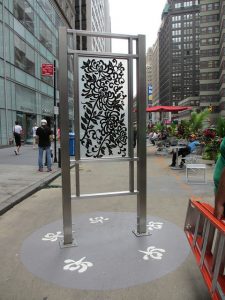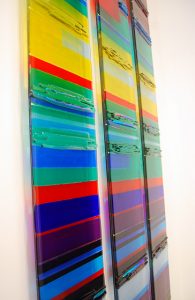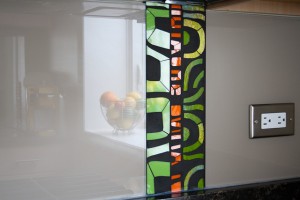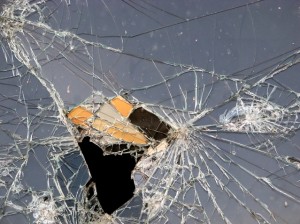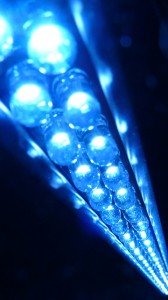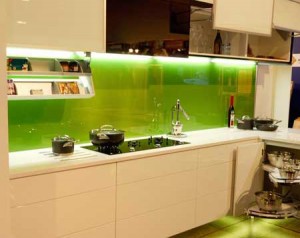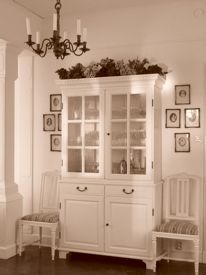Backpainted glass – should you buy or DIY?
Backpainted glass is one of the most sought-after looks in interior decorating. Glass is at home in either a residential or commercial setting, and and work into virtually any decorating plan. You can purchase backpainted glass, but should you?
Buying backpainted glass gives you a ready-made solution, but it may not be the best choice for your home or office. Here are a few things to think about before purchasing pre-painted glass.
Backpainted glass is easy to make
Cost. The cost of making your own backpainted glass will be a factor in your decision. When you use Glassprimer™ glass paint, you can get exceptional coverage for about $1 per square foot. At that price, you can make your own glass! The cost of the glass itself depends upon the thickness of the sheet you want to use, but generally, float glass isn’t expensive. For a painted glass project where cost is a factor, DIY is definitely the better option.
Transportation. When you purchase backpainted glass (or any other sheet glass), think about transportation. First, glass doesn’t transport well over long distances. You should be concerned about breakage. If you do end up with a broken panel, you can get a new one, but at that point, color-matching the replacement panel with the existing panels can be an issue. In addition, small panels of glass don’t weigh much, but the weight of glass goes up significantly as the size of the panel increases. Weight is a primary component of the cost of transportation. If the weight of your glass is significant, or you need a lot of glass, DIY is the better option.
Fitting. Every space in your home is unique to your home. Walls have unusual dimensions or contours. You may need to cut a glass laminate to fit the space you’re working with. You can certainly cut prepainted glass, but you run the risk of damaging the paint. It’s easier to fit your unpainted glass first, then paint it before installing it.
Color choice. We can tint Glassprimer™ glass paint to match the color palette of virtually any major paint manufacturer. You can be sure that Glassprimer™ glass paint will match the colors for the rest of your room. When you purchase pre-painted glass, you may need to accept available colors.
Peace of mind. When you purchase prepainted glass, you don’t know what kind of paint the fabricator used. When you apply your own paint, you know exactly what you’ve got. Glassprimer™ glass paint bonds to the surface of the glass. Once the paint cures, it will not fade, chip or peel, even in high-temperature and high-humidity spaces. Glassprimer™ paint is UV resistant, so it can tolerate direct exposure to sunlight. When you purchase prepainted glass, you don’t know whether the paint on the glass can stand up to the challenges of your environment.
If you’d like more information about Glassprimer™ glass paint or you’d like to place an order, please visit the rest of our website.
Photo Credit: New York City Department of Transportation, via Flickr

